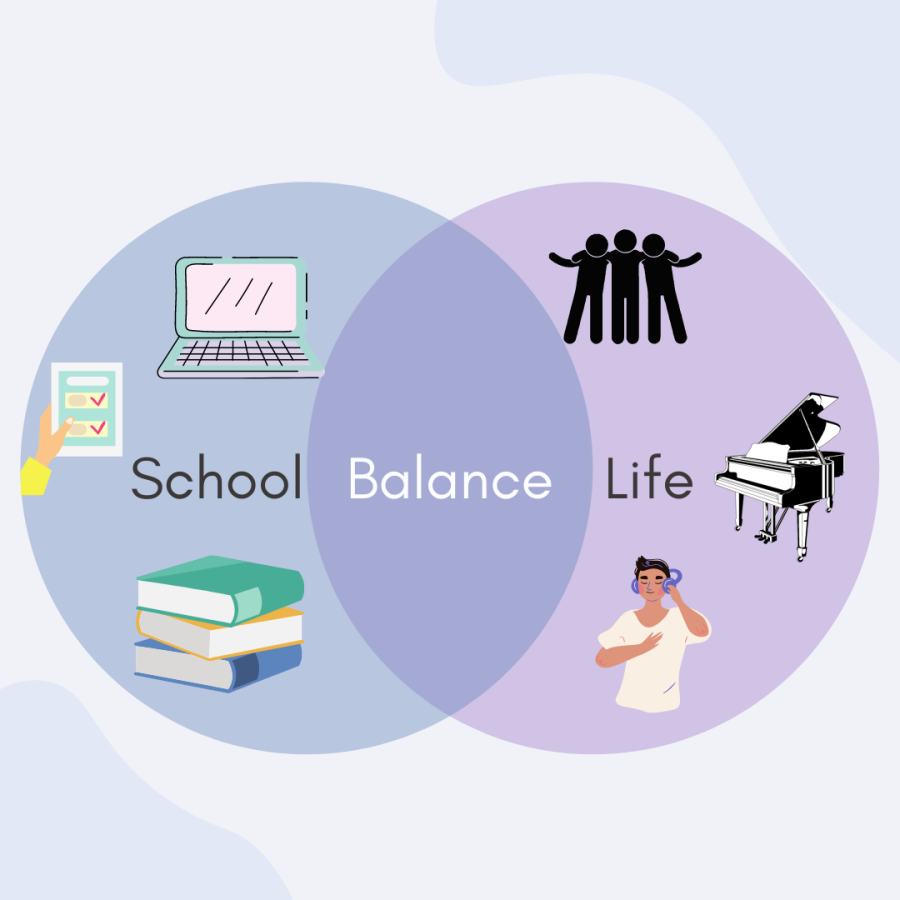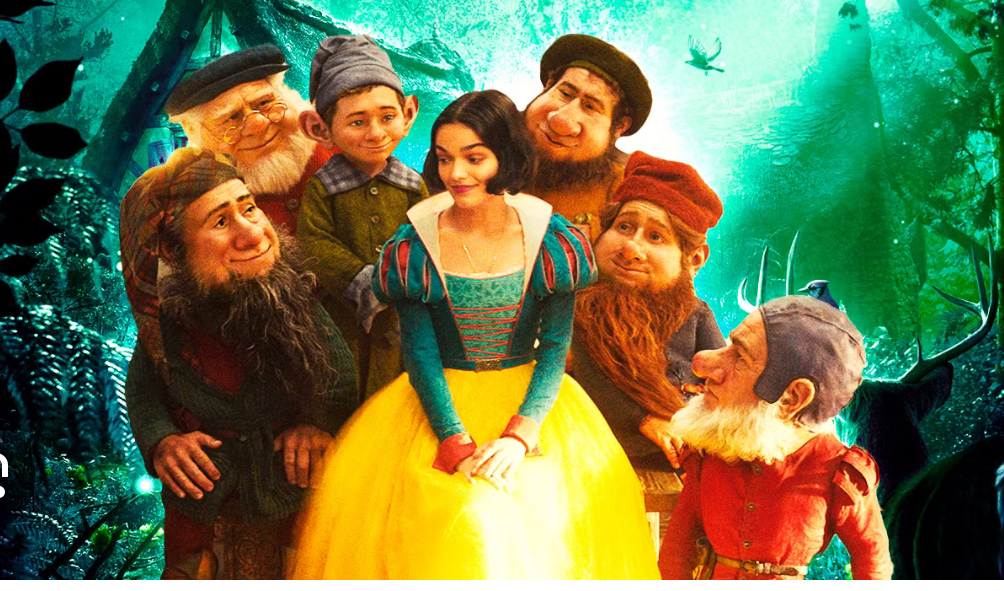Myth Busting: Animals

December 9, 2021
In Carolina Forest and Myrtle Beach, there is a wide variety of animals and ecosystems that surround us. However, the media and fairy tales often result in misconceptions being formed about some animals. Have you heard of these animal myths?
Myth 1 : Owls can spin their heads 360 degrees.
This is not true according to the International Owl Center. They say that it is physically impossible for an owl to turn its head 360 degrees and look forward again. Owls can only turn their heads 270 degrees in one direction, giving them a 540-degree range of motion. Comparing this to a human’s 140-degree range of motion, seems like a lot. This definitely contributed to the misconception that owls can turn their heads completely around.
Myth 2 : Anteaters eat ants through their nose.
It is a common misconception anteaters consume ants through their nose. In reality, they use their claws to rip open anthills and use their long tongues to consume the arts. In fact, they do not even have teeth. Anteaters simply swallow up to 20,000 ants whole each day.
Myth 3 : Camels store water in their humps.
I think everyone has heard this statement before, but it is not true that camels store water in their humps. In fact, the humps contain fat that the animal uses for energy. Not only do the humps contain the equivalent of three weeks’ worth of food, but they are also used for body temperature regulation. The more you know!
Myth 4 : Touching toads give you warts.
Don’t worry, it is just an old tale that touching a toad will give you warts. Although toads do look like they are covered in warts, the bumps are actually a protectant against predators. They emit toxins when threatened. Human warts only happen when a person comes into contact with one of the hundreds of human papilloma virus subtypes.
Myth 5 : Dogs are colorblind.
Dogs can’t see color! Wrong. Since the 1920s, this has been a common misunderstanding. In actuality, dogs can see yellow and blue, making them colorblind in the same way that some humans are colorblind. Their eyes have two types of color receptors, compared to the three that the average person does.
Myth 6 : When you touch a butterfly’s wing, it loses its ability to fly.
This is not true! Lightly touching a butterfly’s wing will not harm it or cause it to lose its ability to fly. However, their wings do have scales and when touched, some scales might shed off. This should not cause too much harm because they shed them naturally as well.
Myth 7: Wolves howl at the moon.
This is a major myth! While wolves do have a tendency to howl at night, it is only because that is the time that they are active. Also the images of them howling ‘at the moon’ is not what it appears to be. Wolves look up when howling because it helps the sound travel. This is necessary because they howl to communicate with other wolves.
In all, there are many more myths about animals out there. As always, remember to keep learning!
Works Cited
Danko, Meredith. “21 Misconceptions About Animals.” Mental Floss, March 23, 2020, https://www.mentalfloss.com/article/617111/common-misconceptions-about-animals



































